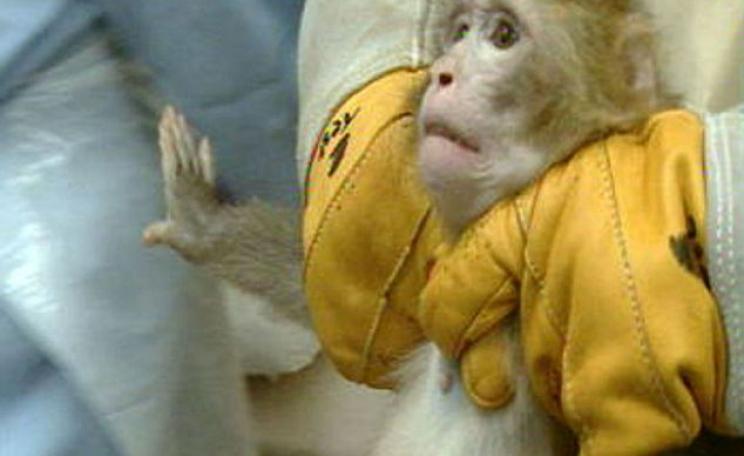Exaggerating the importance and value of animal research creates a false sense of confidence in the use of animal testing among the public and medical professionals.
We have all seen it. A front-page headline from a tabloid newspaper heralding a 'breakthrough' in the fight against a major disease. A common thread connects many of these reported developments - whether that be cancer or Alzheimer’s.
Namely, the false assumption that because of testing on animals in laboratories there have been new solutions that will revolutionise outcomes for human health.
The promise of clinical efficacy through animal testing is dangerous. It is often cited as the rationale behind the need to continue animal testing on a mass scale and is not always based on evidence.
Cruelty
Objectively, those who support the use of animal testing in medical research, do so on the basis that it is furthering advances in the treatment of humans.
However, the widely reported links between animal testing and advances in human medicine by the UK press have recently been found to contain widespread inaccuracies and exaggerations.
In research published in BMJ Open Science, it was shown that the majority of 'breakthroughs' reported in the UK national print media inflated the value or success of animal testing.
In a study by Cruelty Free International, out of 27 'breakthroughs' reported in the UK media, twenty failed outright to translate into any human relevant benefit and only one resulted in clinical use.
The findings highlight that reports of animal research leading to human-relevant breakthroughs should be viewed with caution. The ramifications of misleading news are severe, they not only lead to a crisis in confidence relating to medical research more broadly but continue to propagate the notion that animals need to be subjected to extreme cruelty for science to progress.
Research
Exaggerating the importance and value of animal research creates a false sense of confidence in the use of animal testing among the public and medical professionals. This has serious implications for government policies, industry regulators, funding and public opinion.
Exaggerating the importance and value of animal research creates a false sense of confidence in the use of animal testing among the public and medical professionals.
It is important that the media are better educated about the limits and reality of animal research, so that they do not inflate its value, encouraging them to highlight the more effective clinical research being conducted using animal-free methods and report on the very real funding and regulatory barriers that human-relevant research currently faces.
A transition towards appropriate reporting of the value and successes of animal testing could have a dramatic impact on animal protection worldwide. Sadly, the most recent statistics show that between 2015 and 2017, the UK conducted the highest number of animal experiments in Europe.
In 2019, 3.4 million animal experiments were completed in the UK. This is in direct contrast to public opinion which increasingly opposes animal research.
Killed
A 2019 Ipsos MORI report revealed a growing shift in attitudes towards animal experiments in the UK with two thirds of those surveyed concerned about the use of animals in research, and more people disagreeing with the use of dogs (86 percent against), monkeys (86 percent against) and pigs (79 percent against) in tests, even if it benefits human health.
Under UK and EU regulation, animal testing should not be authorised or conducted if another alternative approach or testing strategy for obtaining the result sought is recognised. Unfortunately, however, this is not always the case, with a pertinent example being that of botox testing.
Batch tests for the potency of vials of botulinum toxin products sold to beauty clinics continue to use mice, even though there is a recognised cell-based test that could and should be used in their place.
In these tests, mice are injected with the toxin and becoming increasingly paralysed over a period of three days. Half of the mice will die from the tests, those who survive will be killed anyway.
Suffering
Not only would replacing animal tests with humane, human-relevant methods provide a great leap forward in the fight for animal rights, but animal-free methods are often cheaper, faster and more accurate than the animal tests they replace.
The use of human-relevant methods could therefore also lead to huge gains for both human health and the environment.
To achieve more effective testing methods and increased animal protection it is important that we address the information being disseminated on the topic.
Headlines sharing breakthroughs based on animal tests should be treated with extreme caution; the reliance of governments on animal testing will only begin to wane when its value is accurately reported in the media and is balanced against the public’s very real desire to protect animals from suffering.
This Author
Dr Katy Taylor is the Director of Science and Regulatory Affairs of Cruelty Free International.




